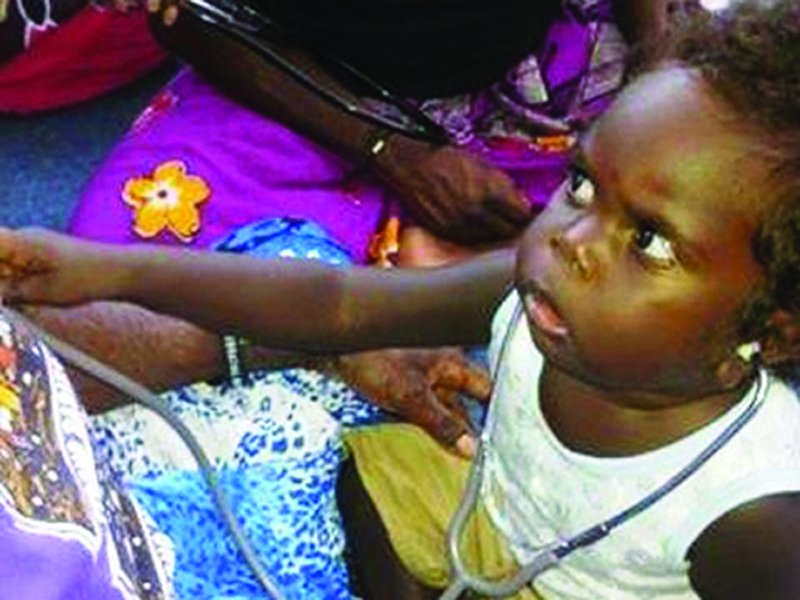Doubling the number of community-run medical services could help redress the inequity in Aboriginal health
Indigenous health leaders are calling for a sharp expansion of community-controlled medical services and training of indigenous doctors after the latest report card revealed failure on six of seven national targets for reducing disadvantage.
In their response to the latest Closing the Gap report, released last week, community leaders called for new investment in Aboriginal community-controlled health services (ACCHSs) so they can be the “preferred providers” for indigenous patients.
Dr Kali Hayward, president of the Australian Indigenous Doctors Association, said the medical profession needed to take Aboriginal and Torres Strait Islander health seriously and support moves to train an indigenous health workforce.
“There has been an understanding in medicine for a very long time that we treat everyone equally. But that’s not what we need,” the Adelaide-based GP told The Medical Republic.
“We need equity in healthcare. Not everyone is starting from the same place.”
Dr Hayward likened the multidisciplinary team approach of the ACCHS model to the government’s proposed scheme to tackle chronic disease.
“A lot of things contribute to the health disparity, and the government recognises that. They put out the Health Care Home model, which is similar to what we already do in the community-controlled services,” Dr Hayward said.
“I know for a fact that Aboriginal community-controlled health services are a vital service for our community. More would be a good thing.”
NACCHO, the ACCHS umbrella organisation, said the government could readily improve indigenous health by doubling the number of community-run medical services from the current 140, offering access to patients regardless of where they lived.
NACCHO Chief Executive Pat Turner said the government had accepted that the ACCHS model was the best example of integrated primary healthcare in Australia.
“Governments at all levels need to make a massive long-term investment to redress the social and cultural determinants of health, which are responsible for more than 30% of ill health in our communities,” she said.
She said government policies on indigenous affairs were disconnected and siloed, criticising inconsistent data collection “in every jurisdiction”.
In 2014-15, the 140 ACCHSs saw about 275,000 indigenous clients who received almost 2.5 million episodes of care, according to the Australian Institute of Health and Welfare. About 228,700 were regular clients, receiving maternal and child health services, chronic disease risk-factor prevention, and management services.
Co-chair of the National Congress of Australia’s First Peoples, Jackie Huggins, told federal parliament last week that indigenous people were fed up with 25 years of failed policies. “We have the solutions,” she said. “We have come to a time when we cannot continue with cycles of failure.”
She said she expected Prime Minister Malcolm Turnbull and parliamentarians would be disappointed at the lack of progress outlined in the ninth annual report.
“Respectfully, your disappointment will not compare with ours,” she said.
Respectfully, your disappointment will not compare with ours.
The report showed indigenous health outcomes were deteriorating or stagnating on many counts, with a widening of the gap between indigenous and other Australians in deaths from cancer and stalled progress in life expectancy and child mortality.
The positive thing about the report was that it put a spotlight on indigenous health, Dr Hayward said.
“This is the one time of the year when we are having a national conversation about indigenous health issues – about why things are not on target and what we can do about it,” she said.
The Senate supported indigenous groups’ demand for a commitment to high-level engagement, spelled out in the Redfern Statement, a manifesto Dr Huggins handed to the prime minister.
It also calls for the restoration of $534 million cut from indigenous programs in the 2014 budget, cultural guidelines for Primary Health Networks, and concrete goals in education, housing and employment.


